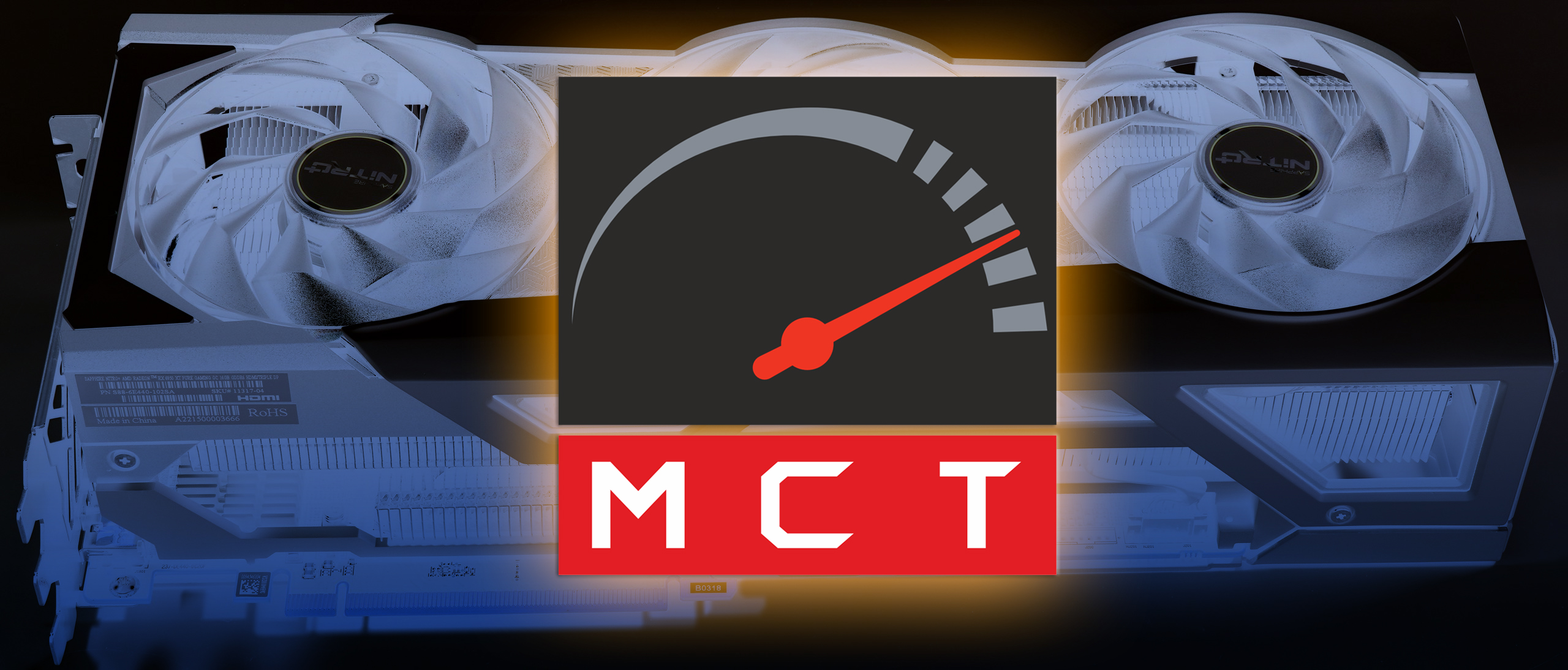So AMD released the Golden Rabbit 7900 worldwide and its clearly artificially limited for no reason more than pure GREED (to up sell the 7900xt) and no this is not a conspiracy theory but a fact:

 www.techpowerup.com
www.techpowerup.com
The GDDR6 hynix H56G42AS8DX-014 is actually rated for 20Gbs but in the GRE only works at 18Gbs and that is a 100% firmware restriction like the Steam Deck 5600Mts LPDDR5.
So the most important limitations are power and memory bandwidth and to bypass the power limit i thinck the EVC2 from ElmorLabs should work right?
This way:
Elmor said in that video at 11:10 that all amd cards use the same debug header and connecting the EVC2 to it can be used to lower the current telemetry readings provided by the VRM and that will bypass the power limit.
And the memory bandwidth limit i think it can be bypassed using the MCT from igorsLab but i not sure if it works for the 7000 series GPUs.

 www.igorslab.de
www.igorslab.de
Last but not least i know that AMD locked the VBIOS on RDNA 3 gpus but can the VBIOS be modded and then flashed with a external SPI programmer or there are security measures (PSP or SMU?) like the Nvidia FALCON that will make the GPU not working after that?
Of course i don't have the GPU on hand and i asking all this because i really don't want to waste 600€ if AMD is the one deciding what i do with my ****ing property as they have absolutely no right to do that.

Sapphire RX 7900 GRE Nitro+ Review
Sapphire's RX 7900 GRE flagship card, the Nitro+, impresses with its superb cooler featuring ARGB illumination and unparalleled quietness, topping tests conducted today. Its gaming performance beats the RTX 4070 Super, but ends up slightly more expensive than that.
The GDDR6 hynix H56G42AS8DX-014 is actually rated for 20Gbs but in the GRE only works at 18Gbs and that is a 100% firmware restriction like the Steam Deck 5600Mts LPDDR5.
So the most important limitations are power and memory bandwidth and to bypass the power limit i thinck the EVC2 from ElmorLabs should work right?
This way:
Elmor said in that video at 11:10 that all amd cards use the same debug header and connecting the EVC2 to it can be used to lower the current telemetry readings provided by the VRM and that will bypass the power limit.
And the memory bandwidth limit i think it can be bypassed using the MCT from igorsLab but i not sure if it works for the 7000 series GPUs.

MoreClockTool (MCT) free download: OC attachment for the MorePowerTool | igor´sLAB
With our MoreClockTool (MCT) we want to logically round up the MorePowerTool (MPT) and the Red BIOS Editor (RBE) and replace the Wattman from AMD’s driver packages for simpler overclocking.
Last but not least i know that AMD locked the VBIOS on RDNA 3 gpus but can the VBIOS be modded and then flashed with a external SPI programmer or there are security measures (PSP or SMU?) like the Nvidia FALCON that will make the GPU not working after that?
Of course i don't have the GPU on hand and i asking all this because i really don't want to waste 600€ if AMD is the one deciding what i do with my ****ing property as they have absolutely no right to do that.




